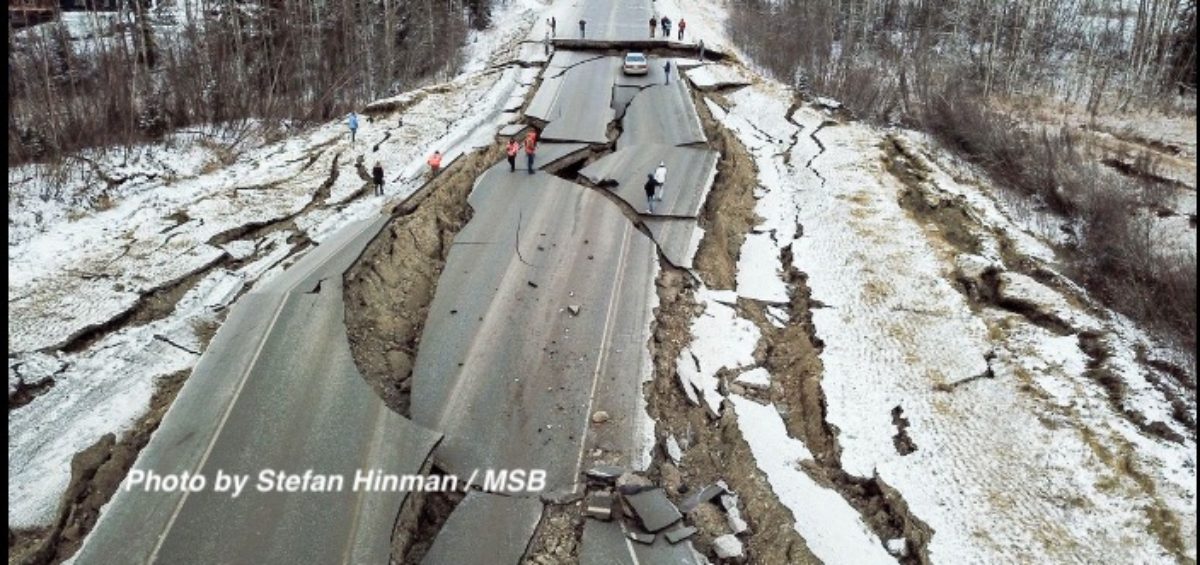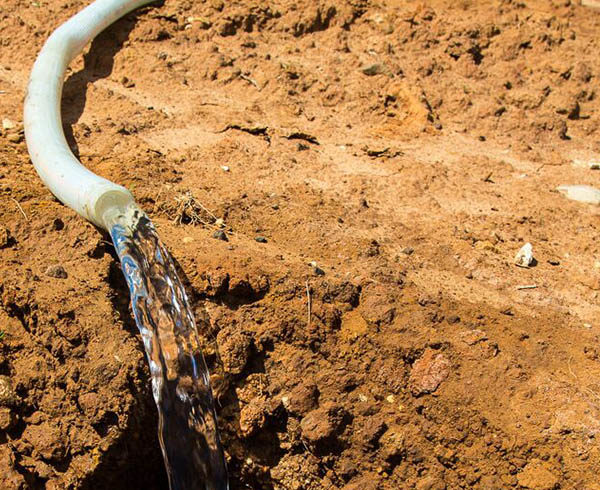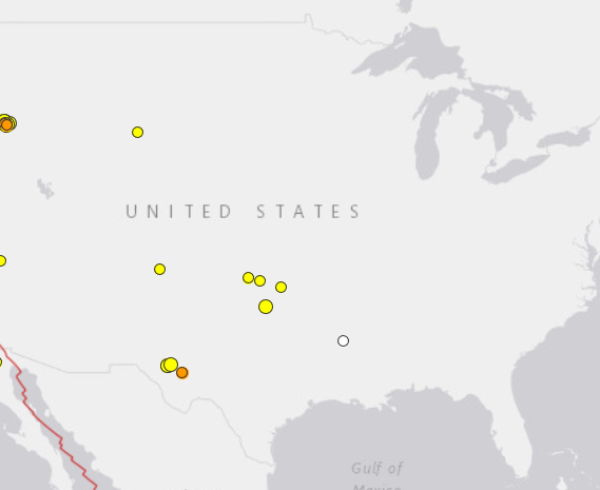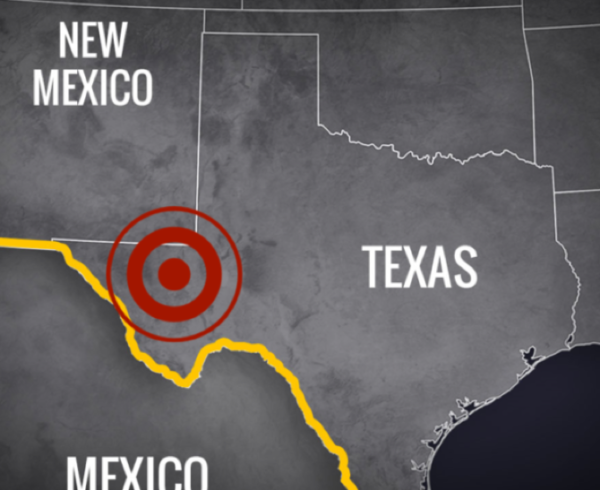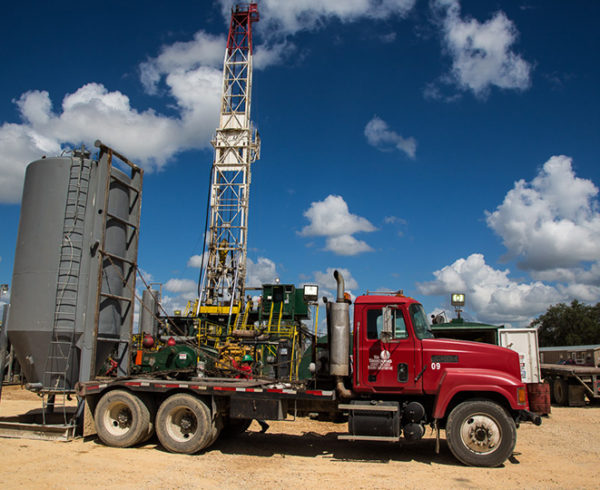Alaska’s magnitude-7 quake on November 30th caused major disruptions in and around Anchorage—knocking out power, shaking buildings and breaking major roadways apart. While there have been no reports of fatalities or serious injuries thus far, more than 1,000 aftershocks have rocked the region over the weekend—some felt up to 400 miles away.
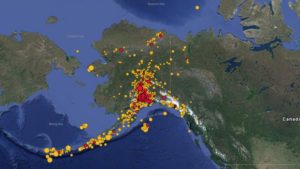
Earthquake activity recorder from November 14-30, 2018. An intense, magnitude-7 quake struck the Anchorage area Friday morning. The quake occurred at 8:29 a.m., local time, the epicenter just north of Anchorage. (Credit Image: UAF Quake Center/ZUMA Wire/ZUMAPRESS.com)
While this recent quake was large and unsettling to the local populace, it is not a rare event. The Alaska Earthquake Center at the University of Alaska at Fairbanks reported more than 150,000 earthquakes in the state in the last five years alone. While many of these were relatively small seismic events, 31 earthquakes had magnitudes of 6 or greater on the Richter scale. Approximately three-fourths of all earthquakes in the US with magnitudes greater than five happen somewhere in Alaska.
We investigated Alaska early on in the preparation of our comprehensive saltwater disposal well risk report. We removed the state from our in-depth analysis of seismic activity induced from oil and gas operations, due to the very high levels of natural seismicity along the Alaska Aleutian megathrust—a vast subduction zone just south of Alaska’s Aleutian Islands chain where the Pacific tectonic plate plunges underneath the North American plate.
The plates are constantly moving against each other at very slow rates—typically just a few centimeters per year. Rather than slip smoothly, the plates grind together and build up stresses in the earth’s crust that, when released suddenly, serve as the source of many of the region’s earthquakes. This slow collision also helped cause the volcanos that created the Aleutian Islands.
But the November 30th quake, which had an epicenter roughly 20 miles north of Anchorage and 25 miles underground, does not seem to be directly related to the Aleutian subduction zone, according to the US Geological Survey. These numbers are subject to a fairly wide margin of error because as we reported earlier this year, measuring earthquake epicenters is an imprecise science.
With a quake as large as this, the likelihood of further aftershocks and additional damage is fairly high. As residents get back to their normal routine, Anchorage Police advise citizens to take precautions while weathering aftershocks and stay advised of updates from local authorities.
EnergyMakers Advisory Group will keep you updated on this story as it develops.


